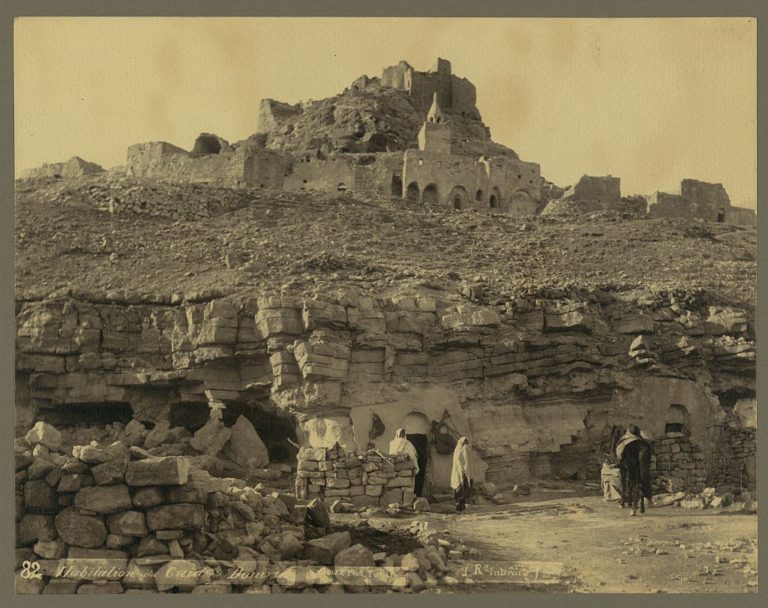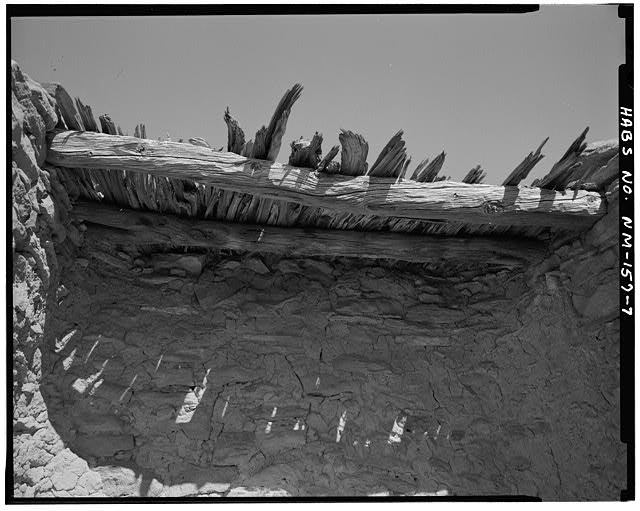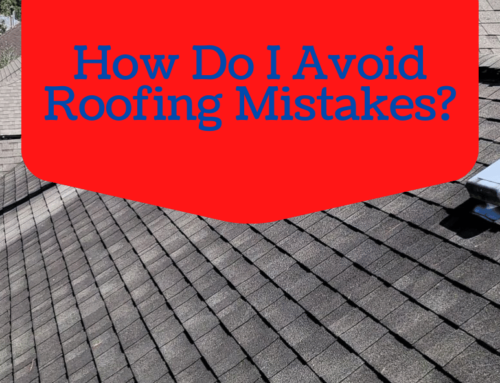Although humans have sought out shelter since the beginning of time, the concept of a dwelling really came into existence once roofs existed. Think about it. Without a roof, you may be surrounded by walls, but you aren’t protected from the elements until you at least have a rudimentary roof – and your possessions wouldn’t be protected, either. In modern times, the roof is also what protects your utilities and is an important aesthetic element of your home.
So, we thought we’d take a look back in time at the history of the roof. In prehistoric times, people relied upon natural forms of shelter, such as hiding under trees or using caves. The image below is from the Library of Congress and shows people dwelling in modified caves about 125 years ago.

Eventually, people began creating their own shelters, most likely out of stone and tree branches. Stones would be piled up and the tree branches served as a rudimentary roof. This evolved into the earliest buildings, where people might use stone slabs or animal hides to create the structures – and then someone discovered that clay dried in the sun could form bricks, which became the building block of shelters. Ancient brick structures below are in Iraq; the image is from the Library of Congress.

Moving forward to other ancient civilizations, glazed clay tiles served as roofing material in China. These colorful tiles replaced the gray roofs of the past, although color choices were regulated by law. And, surprisingly, roofs in temples and royal dwellings used a more limited choice of colors in their roofing materials than other buildings. The image below is from the Library of Congress, showing the styles of roofs in China.

Ancient Roman roof tiles were also made of clay, with marble tiles starting to be used around 620 B.C. These marble tiles were much larger than previous options, used in temples because of their beauty. Because these tiles could be exactly measured, the dimensions created stunningly beautiful rows. Ancient Romans also used roofing tiles made of bronze and gilt. In the Ancient Greek shipwreck recovered off the Black Sea Coast, the Mangalia B, one of the treasures found within were roof tiles.
Now let’s fast forward to the United States. ArchitectMagazine.com published an intriguing article in December 2015, one that shares the historical information we’d been seeking. Here are highlights.
Up until the middle of the 19th century, roofs consisted of wood and/or slate shingles, or clay tiles. The image shown is an historic wooden roof in New Mexico, and the picture is from the LIbrary of Congress.

Then, when the development of metal systems occurred, as well as roofs that used the tar-like substance of bitumen, roofing choices expanded. In the middle of the 20th century, asphalt shingles became an option, used in numerous “shapes, patterns, and textures.” Then, asbestos and fiber-cement shingles were used, with the claim that they performed better and could look like the traditional slate shingles or clay tiles of yesteryear.
“Imitation,” the article reads, “subsequently became a theme in the roofing category, with early examples including metal shingles that replicate the look of clay tiles and asphalt shingles that simulate thatching.” Around this time, fire-resistant materials were also being developed, and roofers began adding gutters, downspouts and flashing to homes.
Modern Roofing Materials

Today, more options are available for roofing materials than ever before, and they include metal shingles, asphalt, clay tiles, slate, synthetic materials, concrete tiles, wood such as cedar, thatching, PVC, bitumen and more. What’s right for one person’s situation isn’t for another, with the slant of the roof and the weather where the home is located being just two of many factors to consider. Some materials are more durable than others and some are more cost effective than others.
If you live in North Carolina or Texas, we suggest that you contact the roofing contractors of Camden Roofing and Construction. We offer a wide range of roofing materials, including asphalt, slate, synthetic slate, shake, metal and rolled roofing. We do it all. So, contact us today so we can help you make the best choice for your taste, needs and budget.





